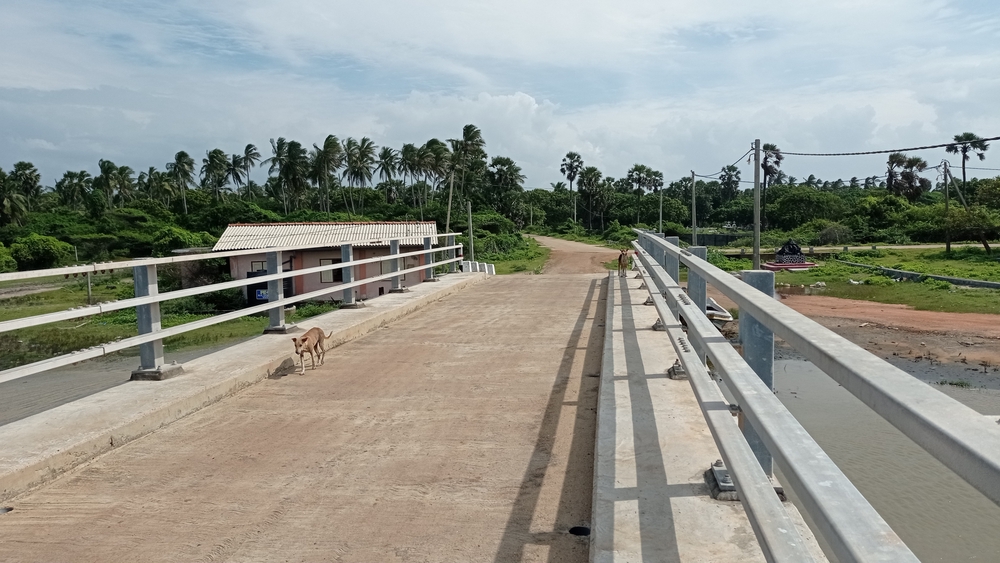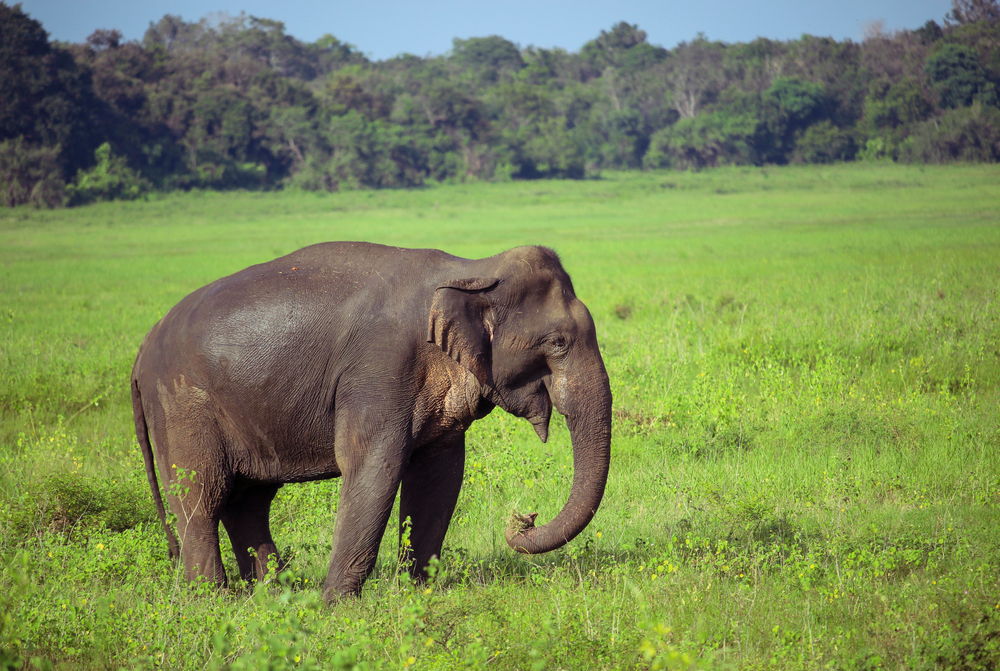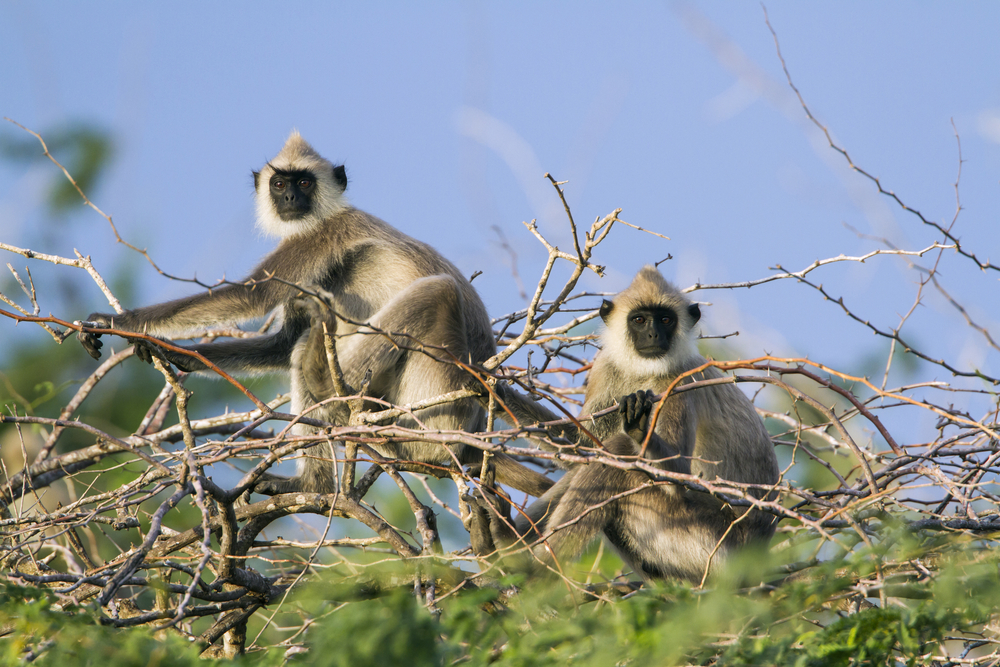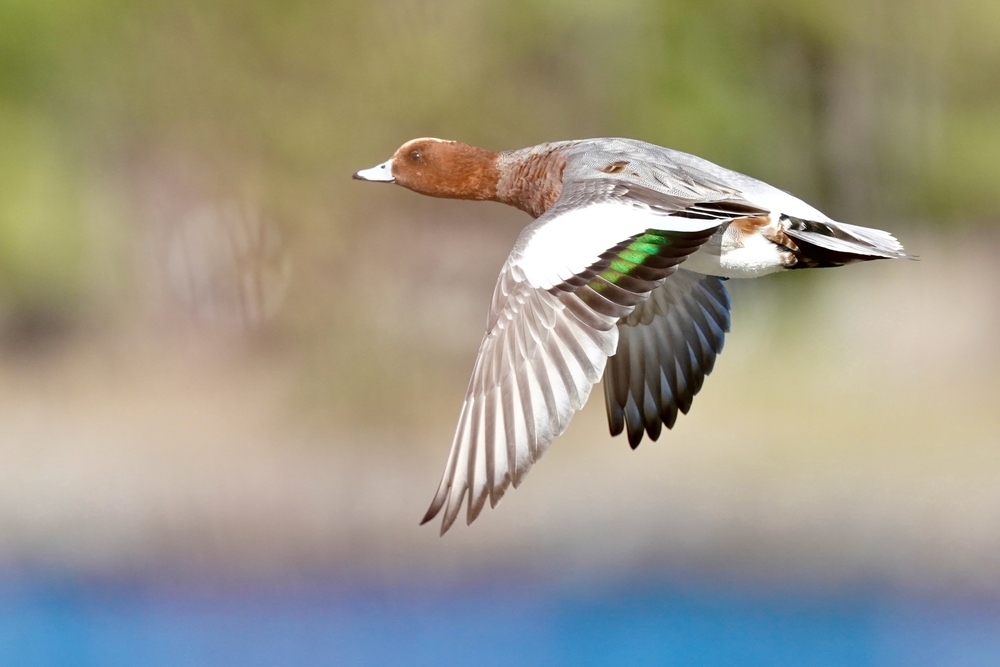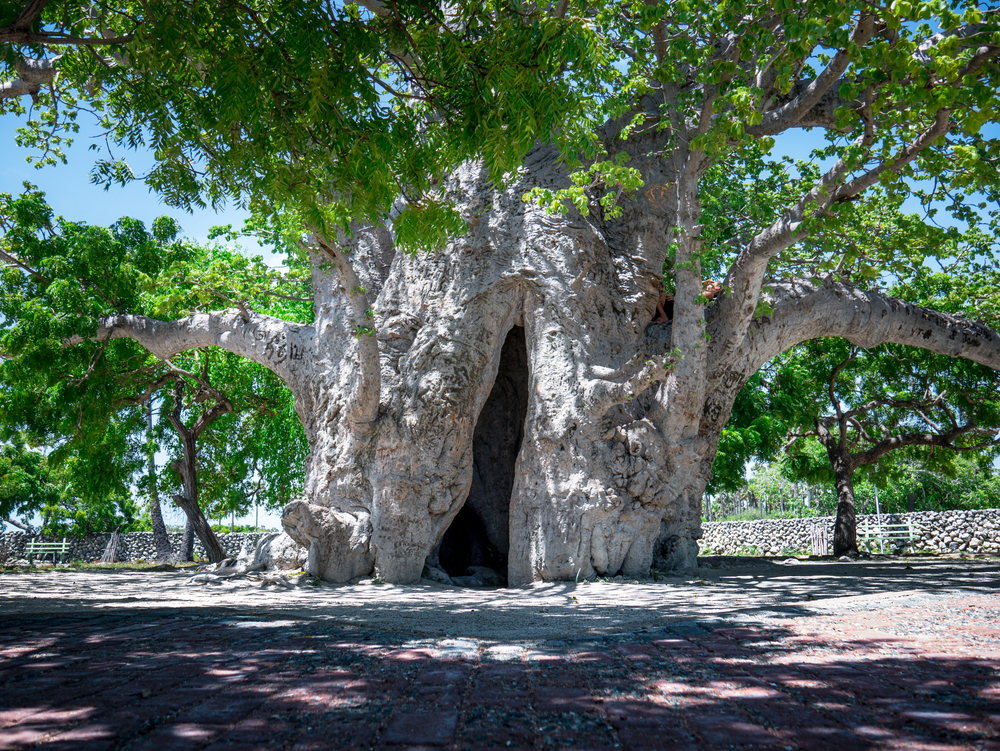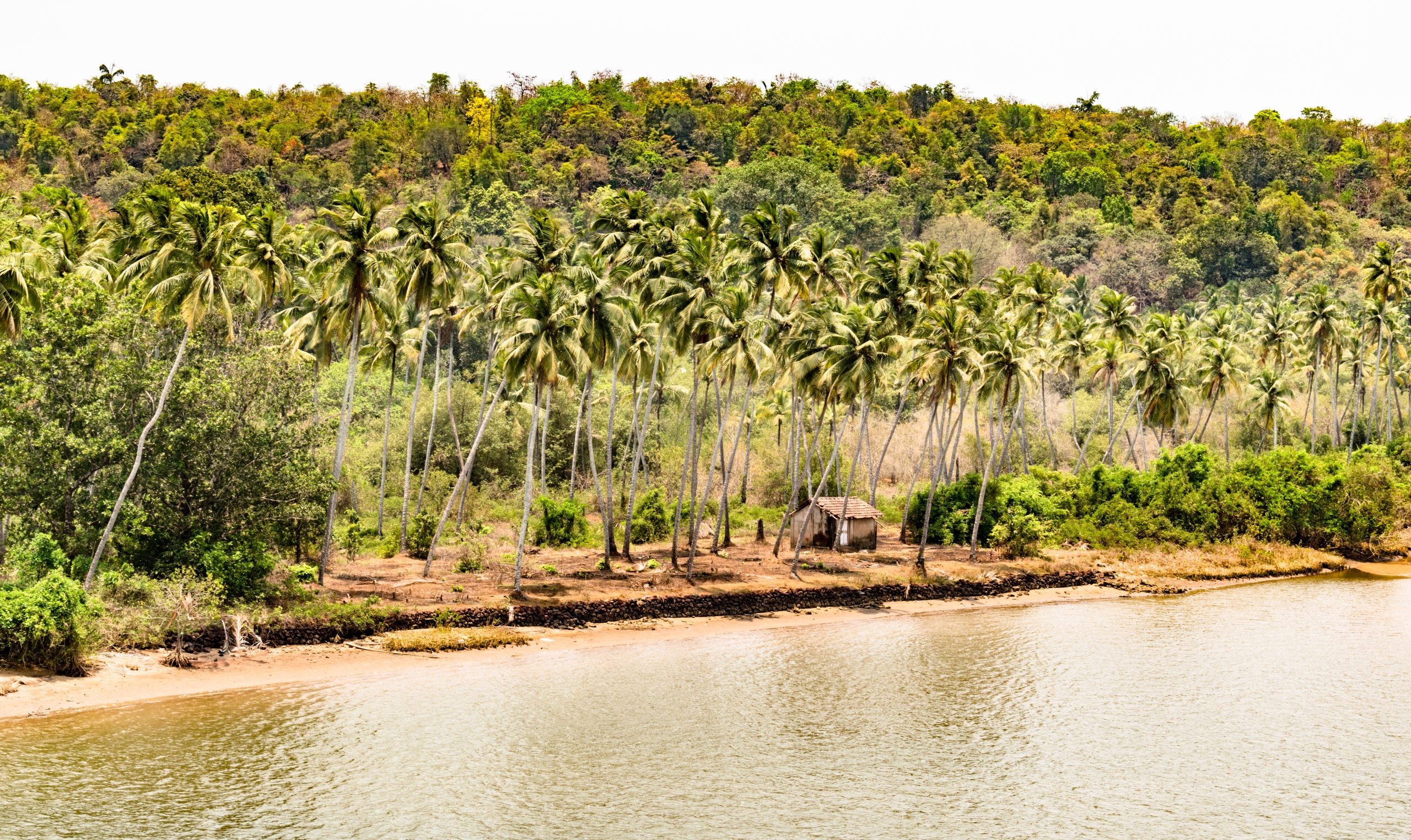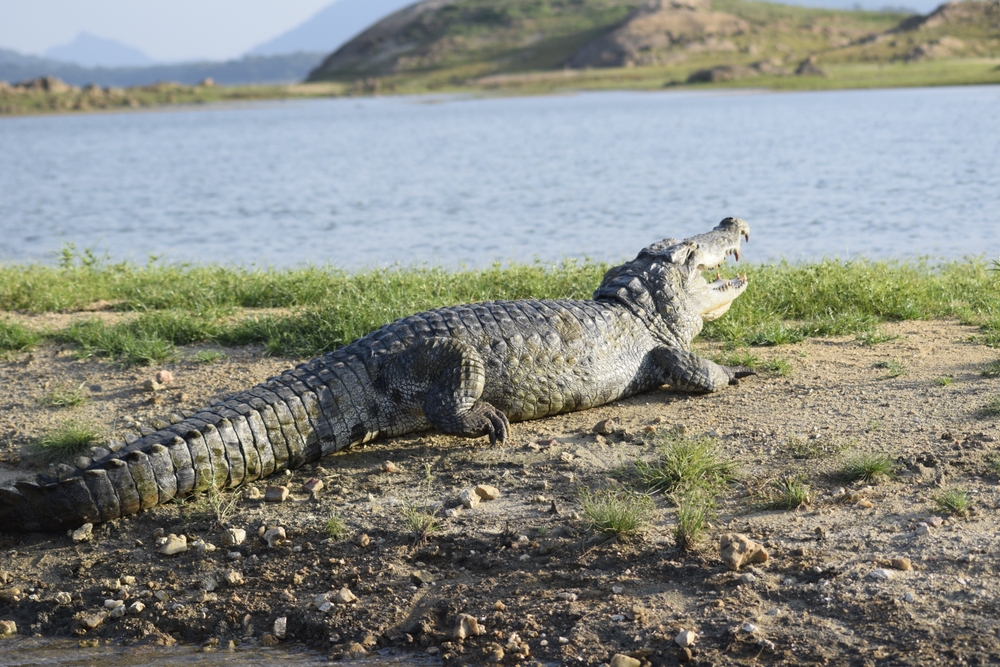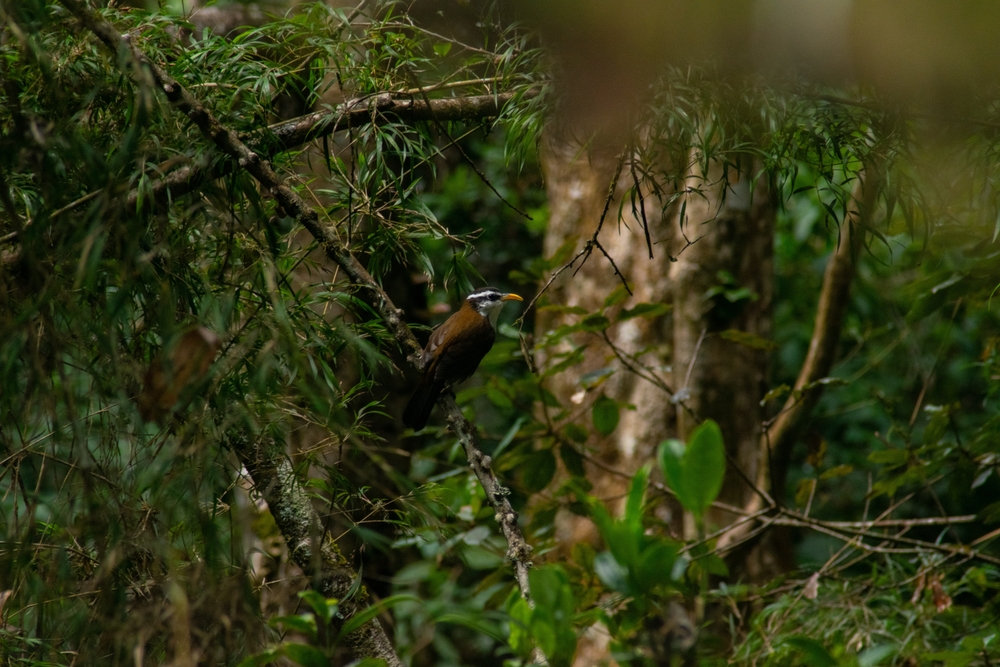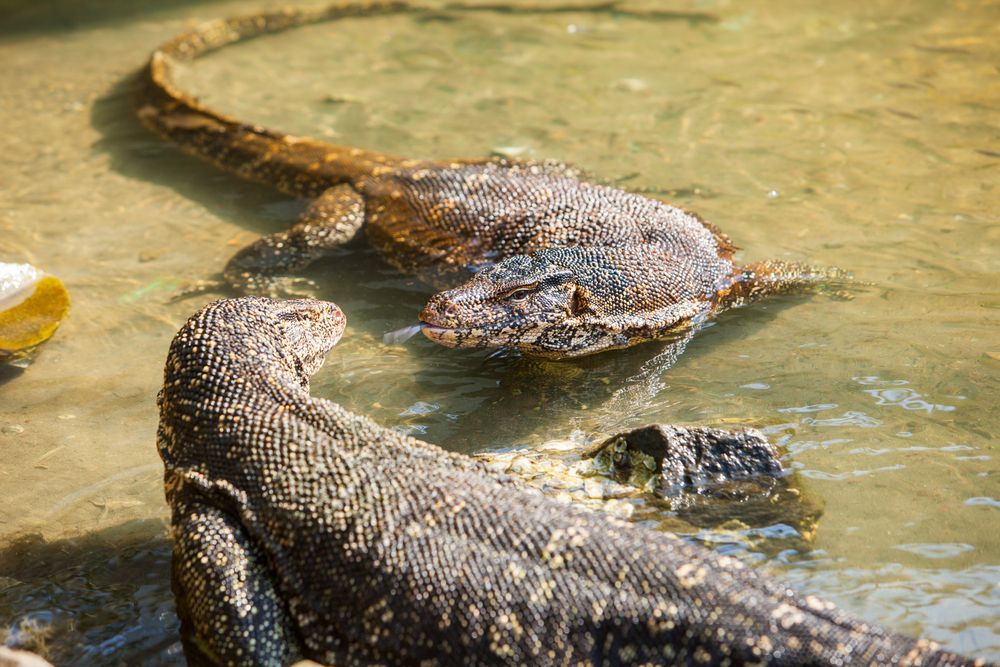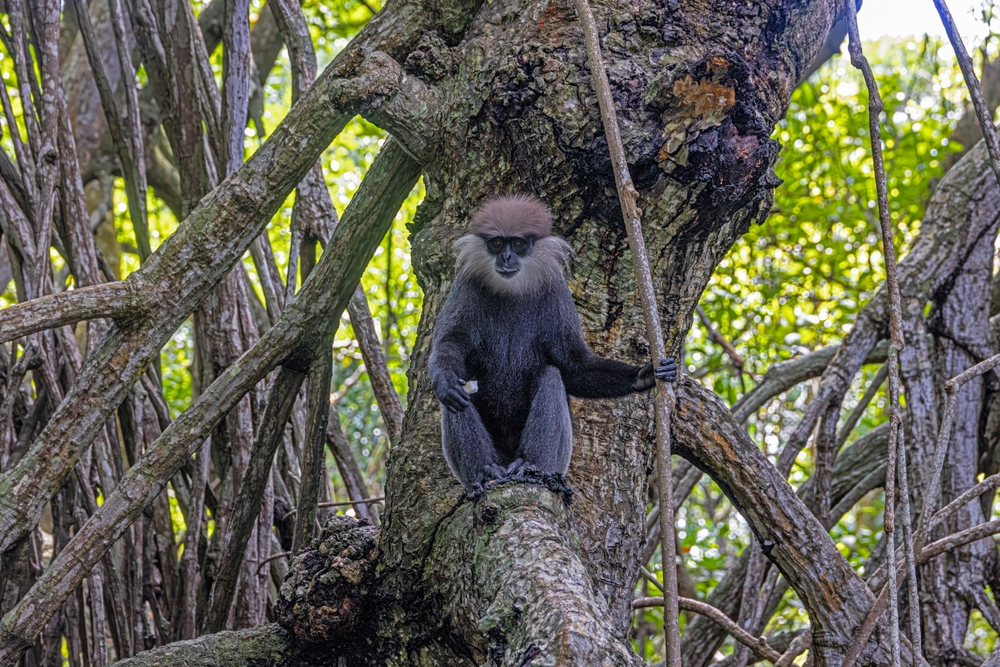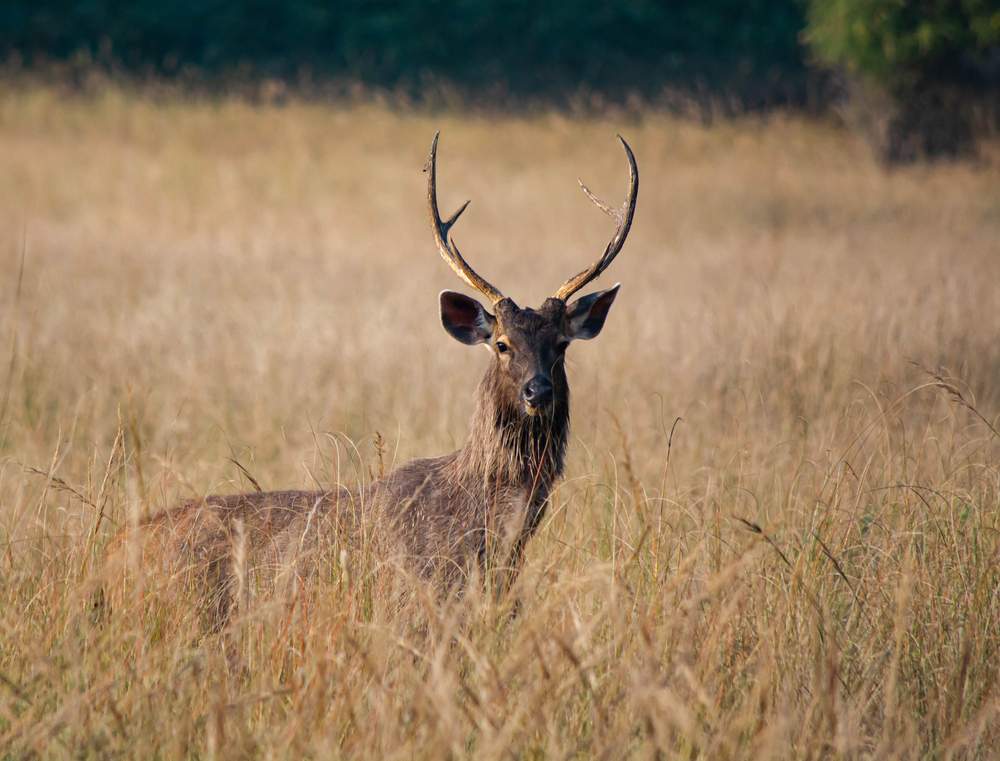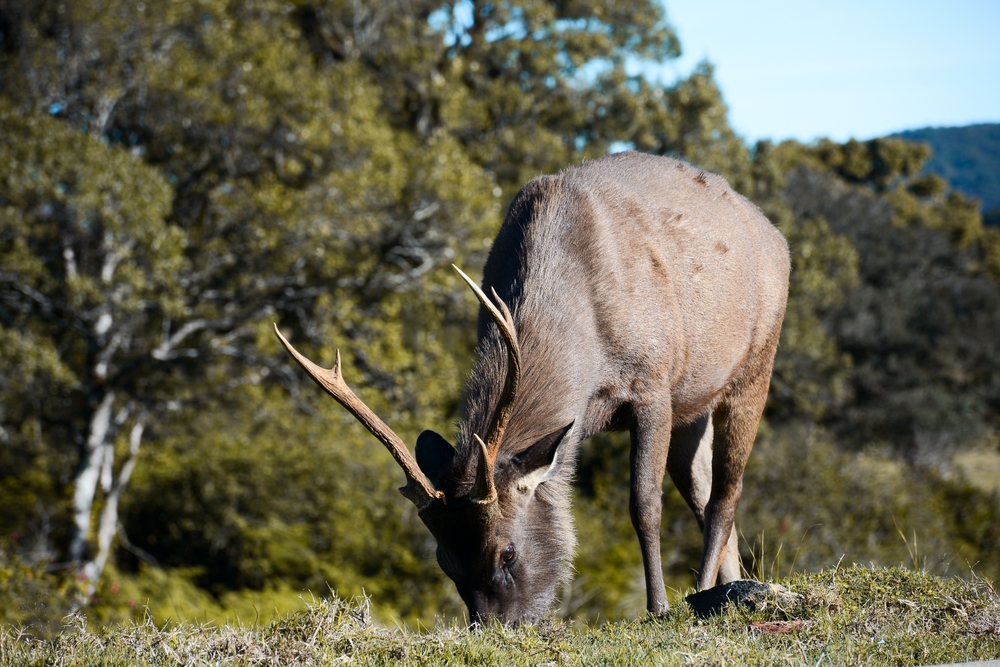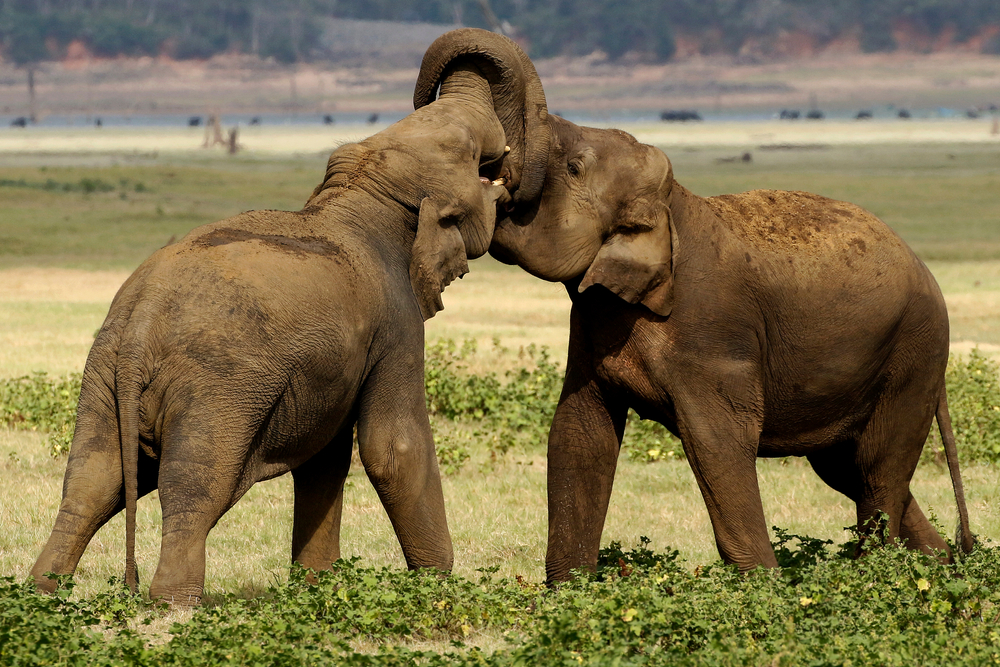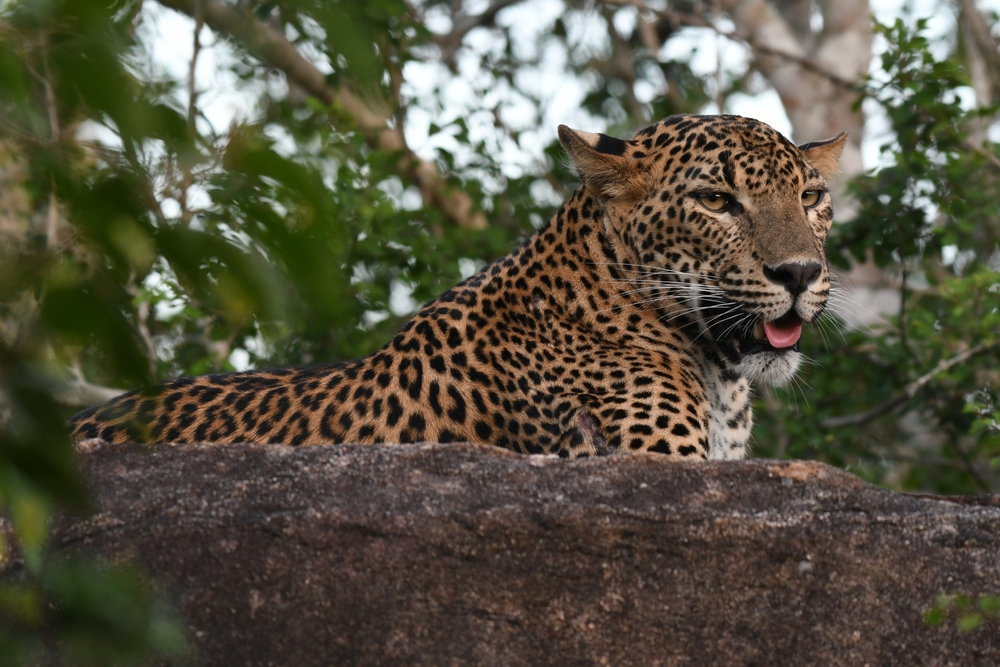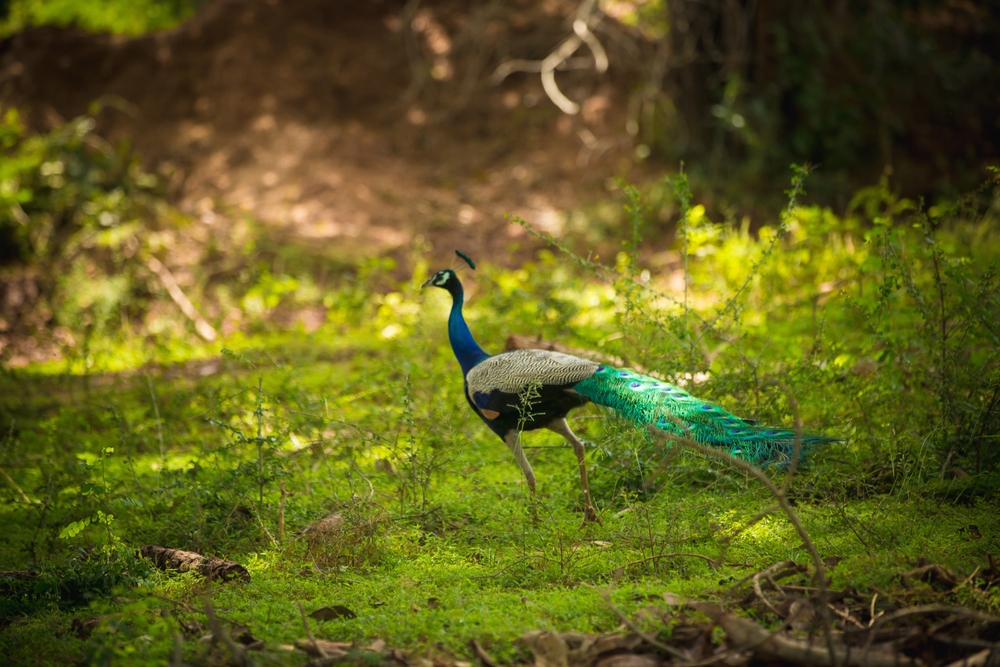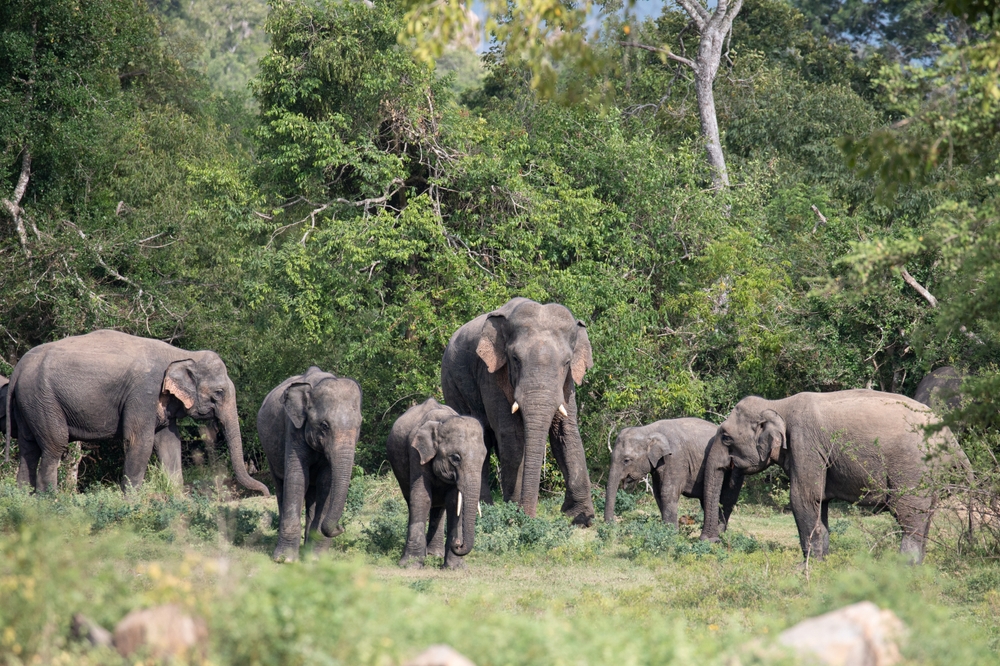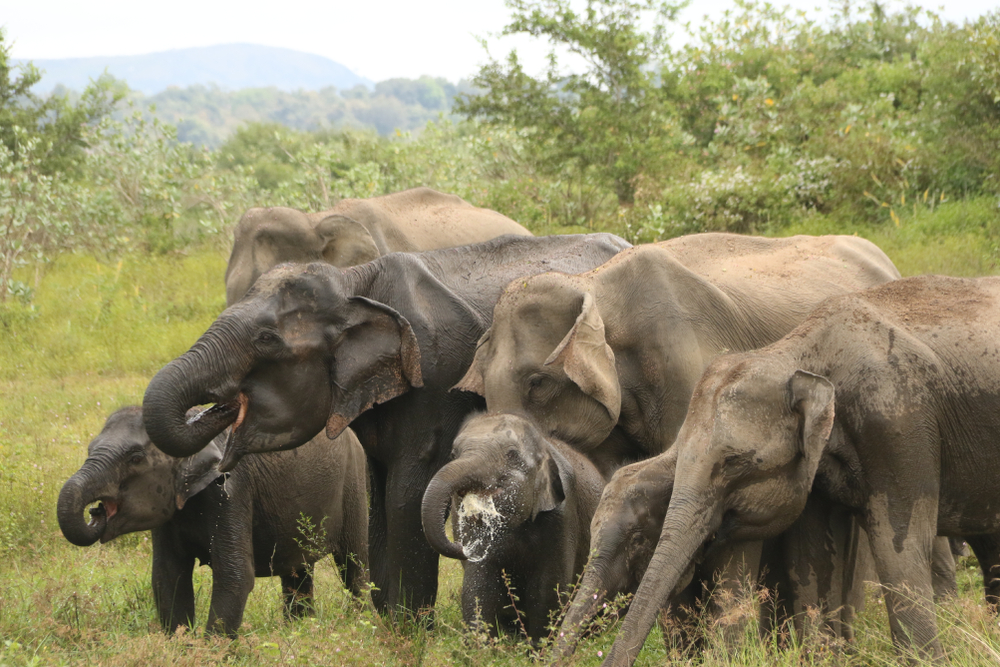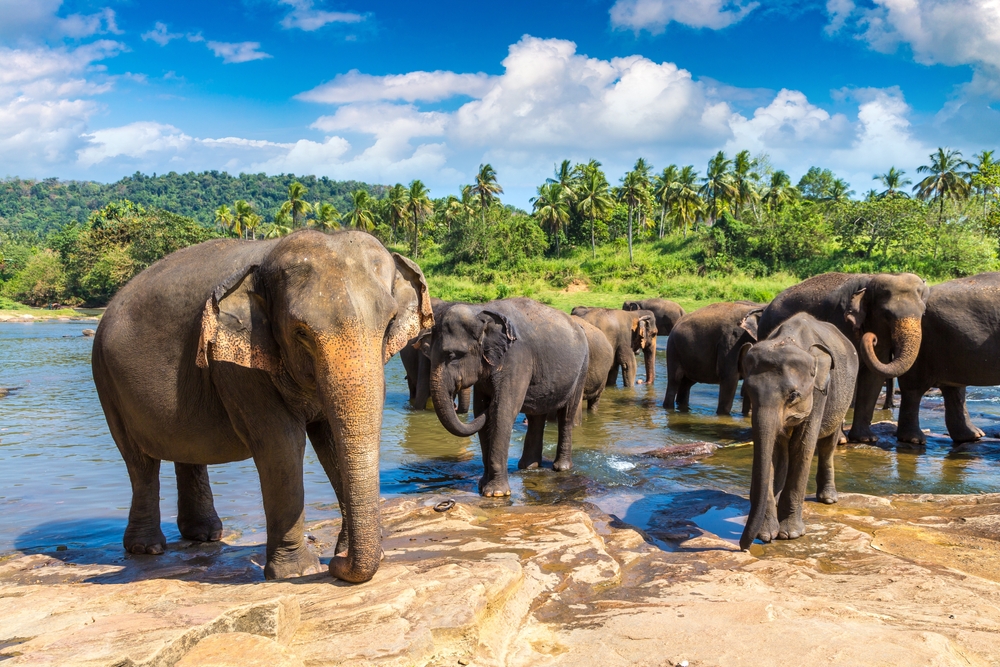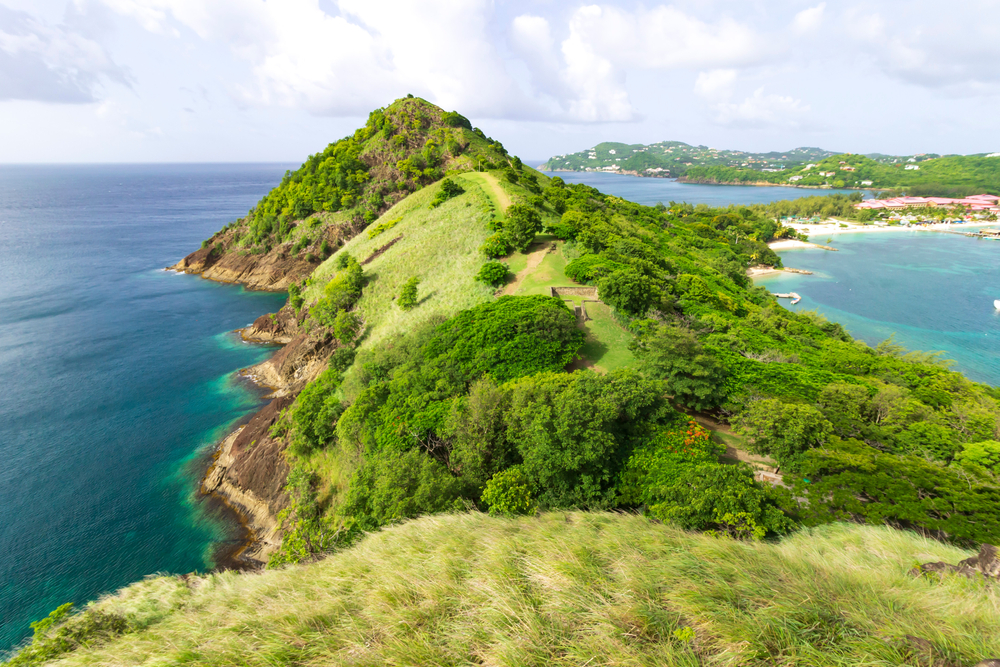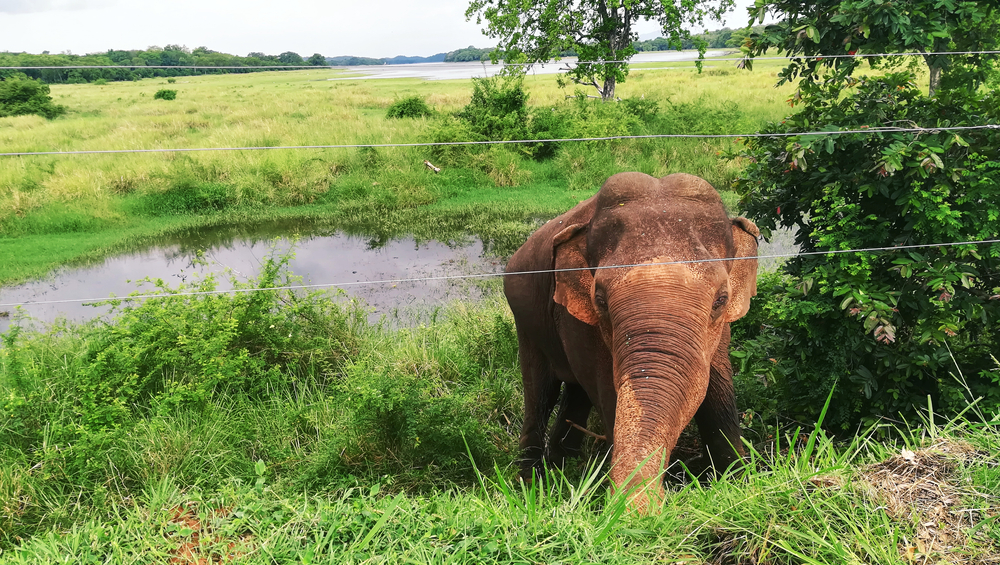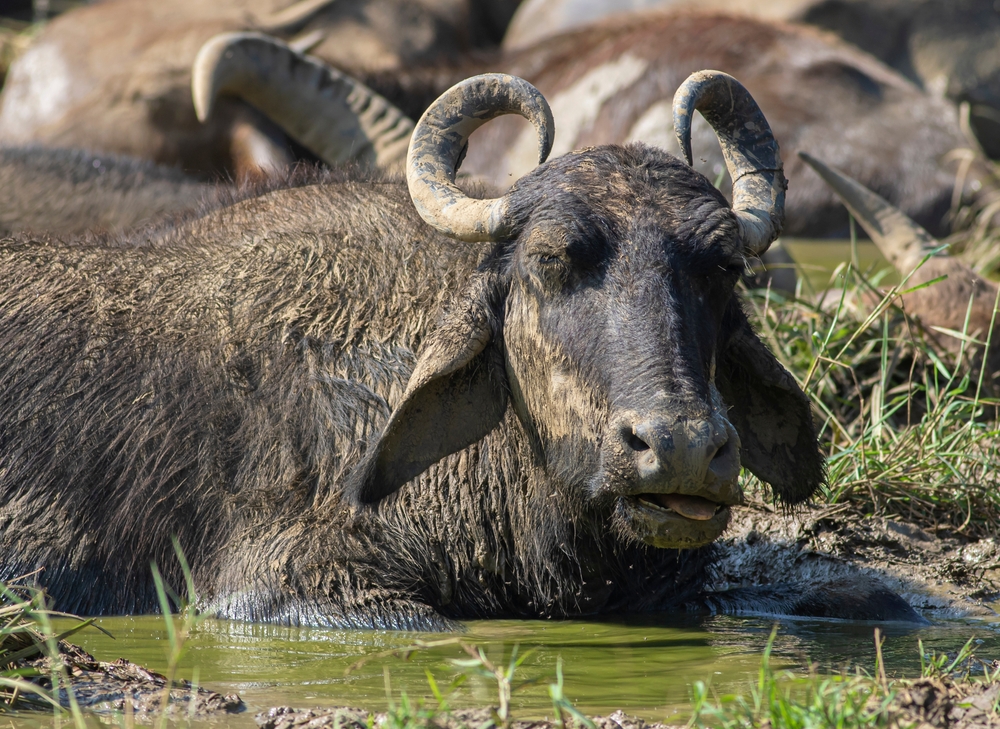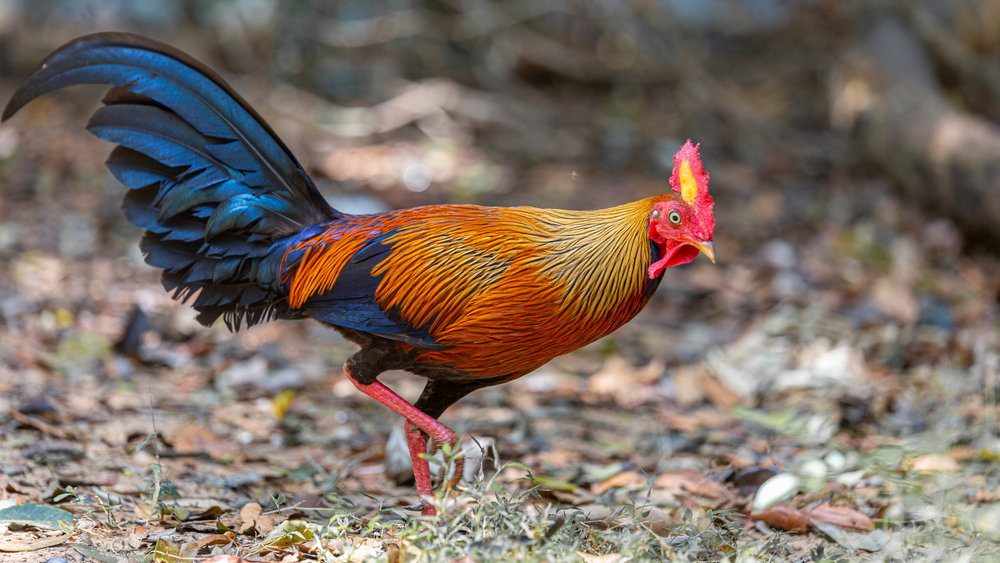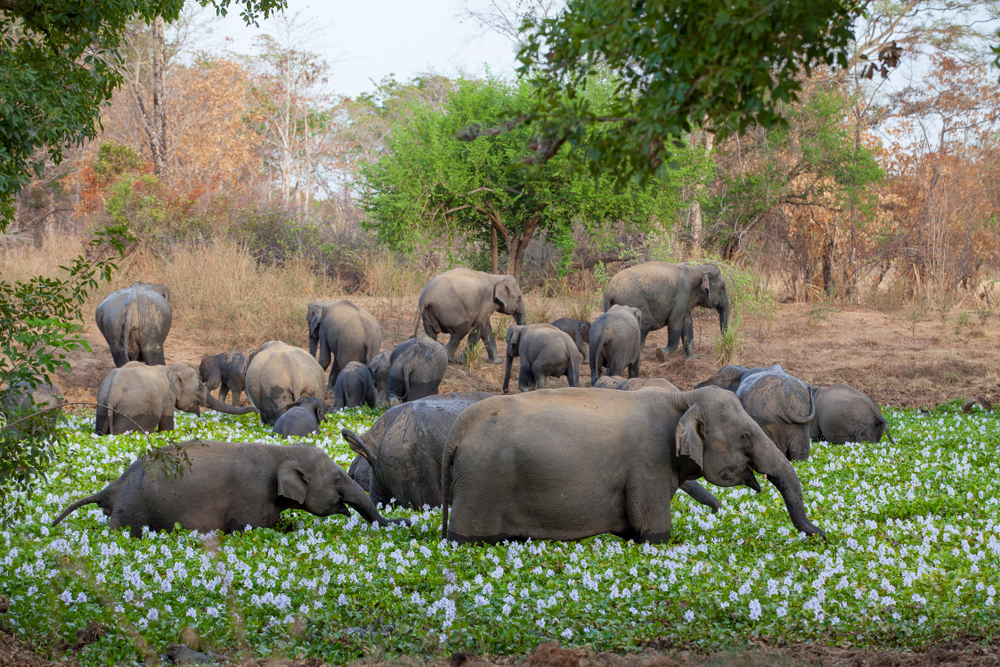Sri Lanka, an island nation in the Indian Ocean, is home to 26 national parks that showcase a remarkable diversity of ecosystems, flora, and fauna. From lush rainforests to arid plains, the country’s parks are a testament to its rich biodiversity and ecological heritage. The national parks offer visitors an opportunity to explore a variety of landscapes while encountering endemic species and some of the world’s most iconic wildlife.
One of the most celebrated national parks is Yala National Park, known for its dense population of leopards, making it one of the best places in the world to spot these elusive big cats. Yala also boasts a rich mix of other wildlife, including elephants, sloth bears, and crocodiles, as well as over 200 species of birds. Its coastal location adds to its charm, with serene beaches and lagoons providing a unique ecosystem for a variety of marine and terrestrial species.
Another highlight is Udawalawe National Park, famous for its large herds of elephants. The park’s open landscapes, dominated by grasslands and marshes, make it an excellent place for wildlife photography and birdwatching. The Udawalawe Reservoir is a central feature of the park and attracts animals throughout the year, ensuring memorable wildlife sightings for visitors.
Wilpattu National Park, the largest in Sri Lanka, is renowned for its network of “villus” or natural lakes that dot its landscape. These water bodies serve as vital habitats for a wide array of species, including leopards, elephants, and deer. Wilpattu’s relatively untouched wilderness provides a more tranquil experience compared to the busier parks, making it ideal for those seeking a deeper connection with nature.
Horton Plains National Park, located in the central highlands, offers a starkly different experience with its misty grasslands, montane forests, and stunning views. It is home to the famous “World’s End,” a dramatic escarpment offering breathtaking panoramic views. Horton Plains is also a haven for endemic species like the purple-faced langur and Sri Lanka whistling thrush, making it a favorite among nature enthusiasts and trekkers.
Lastly, Bundala National Park, a designated Ramsar wetland site, is a paradise for bird lovers. It attracts numerous migratory birds, including flamingos, and is known for its rich wetland biodiversity. The park also shelters saltwater crocodiles, elephants, and sea turtles, adding to its ecological significance.
Sri Lanka’s national parks face conservation challenges, including habitat loss, human-wildlife conflict, and the impact of climate change. However, efforts like community-based conservation programs and eco-tourism initiatives have helped mitigate these threats. Parks such as Yala and Udawalawe benefit from sustainable tourism, which funds wildlife protection and supports local livelihoods.
Sri Lanka’s national parks are a vibrant testament to the island’s unparalleled biodiversity, offering unforgettable encounters with nature while underscoring the importance of conservation.
Scroll for an Alphabetical list of Sri Lanka National Parks










































































